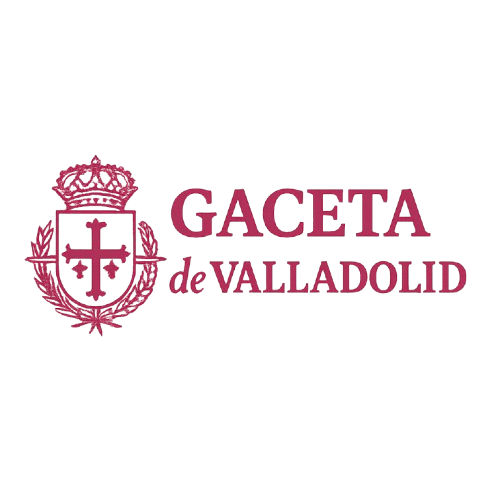The Ministry of Mobility and Digital Transformation is working to develop a safer, more sustainable, and technologically advanced mobility model, for which it has allocated nearly 4 million euros.
May 27, 2025
Castilla y León | Ministry of Mobility and Digital Transformation
The Minister of Mobility and Digital Transformation of the Junta de Castilla y León, José Luis Sanz Meino, inaugurated the conference ‘Industry, Sustainability, and Circular Economy’ in Segovia, where he highlighted the policies being implemented by the regional government to transform mobility in the Community through sustainability, technological innovation, and road safety.
«Our priority is clear: to ensure the safety of people traveling on our roads. And for this, the Junta is promoting a comprehensive transformation of our infrastructure, based on innovation and respect for the environment,» stated the minister during his speech.
In this line, he recalled that the Junta will allocate nearly 4 million euros in this legislative period to continue developing the concept of ‘smart roads,’ which represents a decisive step towards more efficient, connected, and safe mobility.
One of the strategic projects underway is the Digital Road Model, promoted by the Ministry and funded with 1.2 million euros from the Next Generation funds, which will allow for the digital management of all information regarding the regional road network.
As the minister explained, «this tool will provide a comprehensive digital view, with updated inventories and georeferenced data, which will facilitate real-time decision-making and maintenance,» he explained. «This digital model is a giant step towards modernizing our infrastructure, improving maintenance, and, above all, enhancing road safety,» he pointed out.
Another key axis of the Junta’s strategy is the promotion of intelligent signaling to reduce accidents caused by wildlife. The installation of around thirty panels in sections of the provinces of Burgos, León, Palencia, and Soria has led to a 22% reduction in accidents in the most affected areas.
«Technology saves lives. That is why, in 2025, we will expand this measure to new provinces of Castilla y León, with an investment of 158,400 euros,» the minister stated.
He also highlighted the ‘Intelligent Rural Territory’ project, developed by the Junta to enable advanced management of road conditions in rural areas through sensors and weather stations. 127 stations have already been installed, of which 94 monitor salt and brine levels, and 33 measure road surface temperature.
More sustainable roads with circular economy and recycled materials Sustainability is also a hallmark of the policies of the Junta de Castilla y León. The minister highlighted the use of recycled materials in public works, such as tire powder or additives obtained from refining olive oil (pechina), which have already been used in sections of the A-601 road between Valladolid and Segovia.
Another innovative measure implemented by the Junta is the application of pheromone treatments in sections of the regional road network to prevent wildlife intrusion. Following the successful results on the A-231 highway (Burgos-León), this solution is being extended to other conventional roads. In the effort to create resilient infrastructures, designed for sustainable mobility and promote safe bicycle use, 45 kilometers of bike lanes have been built in the provinces of Ávila, Burgos, León with two projects, Palencia, Salamanca, Valladolid, and Zamora in 2024. This has entailed an investment of 15.6 million euros (13 million funded with MRR funds + 2.6 million by the Junta). The management of these European funds by the Ministry of Mobility and Digital Transformation has been a success. In the construction of these lanes, recycled waste from construction and demolition (RCD) has been used in embankments and road base, and rubber powder from recycled used tires (NFU) in the asphalt mixture. All these actions are aligned with the major objectives of the Government of Castilla y León: modernize infrastructures, promote territorial cohesion, and leverage digitalization as a driver of development.

